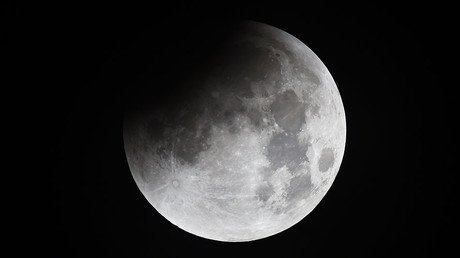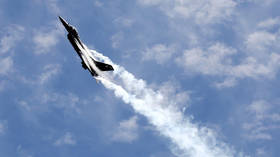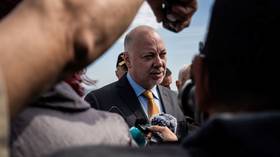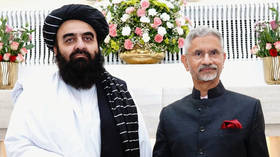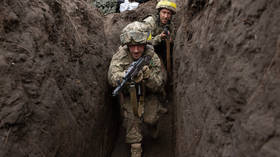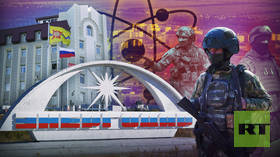Russia to launch yearly manned flights to Moon starting 2025
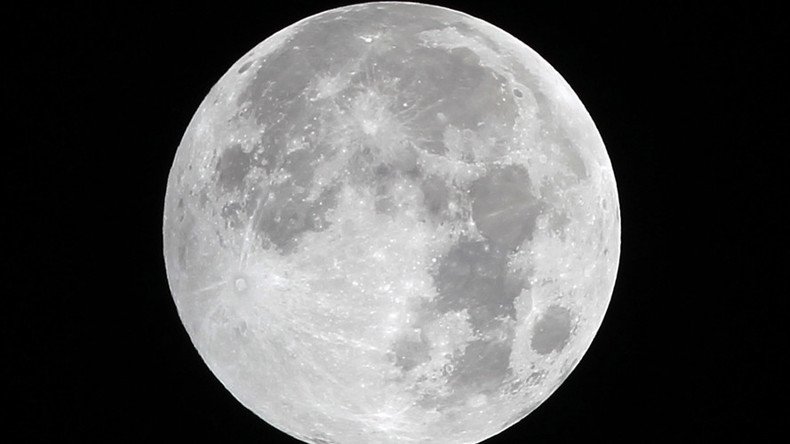
Russia plans to launch one or two manned space missions to the Moon each year between 2025 and 2040, a source in the leading research institute of Russia’s Roscosmos state space corporation told TASS.
The yearly manned space flights, part of Russia’s moon exploration program, will include flyovers and landings on the lunar surface. In order to achieve these goals, Russia plans to use a new type of a manned spacecraft called the Federatsiya (Federation).
Russian space rocket corporation Energia will start construction of the spacecraft and software development this summer, the company’s chief designer told journalists.
The Federatsiya will be a new generation vessel to replace the currently used Soyuz spaceships. It is designed for transferring people and delivering cargo to the moon and the International Space Station (ISS). Its crew will be four to six cosmonauts. The spaceship is expected to be able to operate autonomously for up to 30 days. It can be deployed to the ISS for up to one year.
The testing of the spacecraft is expected to start in 2021, with an unmanned flight launched from Russia’s new Vostochny spaceport in the Far Eastern Amur region. The first test will be followed by two more launches in 2023, including one manned flight. The Angara A5B heavy carrier rocket will be used for the launches, TASS reports.
Earlier, it was reported that Federatsiya test flights will include four launches, two of which will be manned and one will involve a flyover of the moon.
Energia Corporation has already unveiled another project designed for a potential lunar trip. The company presented draft plans for a new reusable space vehicle to shuttle cargo and crews between the ISS and the moon called the Ryvok (Charge of Breakthrough) at the Human Space Exploration international conference in Korolev, near Moscow, on May 26.
The Ryvok spacecraft will be permanently based on the ISS – or its descendant – and will serve as the mid-way shuttle for delivering cargo and crews to the moon, the representatives of the company said at the conference, adding that Ryvok will be much more cost efficient compared to the Federatsiya spacecraft.
The Energia Corporation and NASA are also discussing a project to create a joint space station orbiting the moon, which could be put into operation by the end of the next decade, Energia's representative Yuri Makushenko told journalists at the conference.
The new space station will have accommodation and energy modules as well as nodes and spaceships, he added.
The new station is expected to become a transport hub for maintenance, communications and navigation of the lunar missions and for un-manned missions to Mars and the asteroid belt between the Red Planet and Jupiter.
